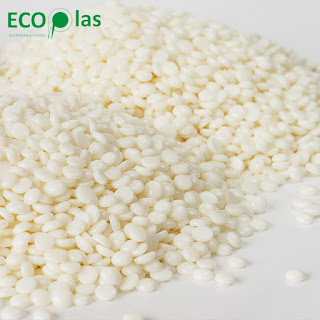What are Post-Consumer Recycled (PCR) Plastics?
Post-Consumer Recycled (PCR) plastics refer to plastic materials that have been previously used by consumers and then collected, processed, and repurposed to create new products. Unlike pre-consumer recycled plastics, which are recycled during the manufacturing process before reaching the consumer, PCR plastics come from items that consumers have used and discarded.
Here's a breakdown of key points related to Post-Consumer Recycled (PCR) plastics:
Collection Process:
PCR plastics are collected from various sources, including household recycling bins, collection centers, and waste management facilities. The plastics collected can include bottles, containers, packaging, and other items that consumers have disposed of.
Sorting and Processing:
After collection, the recycled plastics go through a sorting and processing phase. During this stage, the plastics are separated based on their type (e.g., PET, HDPE) and color. Any contaminants are also removed to ensure the resulting recycled material meets quality standards.
Cleaning and Shredding:
The collected plastics undergo thorough cleaning to eliminate any remaining residues or impurities. Subsequently, the cleaned plastics are shredded into small pieces or flakes.
Reprocessing and Pelletization:
The shredded plastic flakes are then melted and reprocessed into pellets or granules. These pellets serve as the raw material for the manufacturing of new plastic products.
Manufacturing New Products:
Manufacturers use the PCR plastic pellets to produce a variety of items, such as bottles, containers, packaging materials, and more. These recycled products can be used in a wide range of industries, contributing to the circular economy by reducing the need for virgin plastic production.
Environmental Benefits:
Using PCR plastics in manufacturing offers several environmental benefits. It helps reduce the demand for new raw materials, conserves energy compared to the production of virgin plastics, and decreases the amount of plastic waste in landfills or the environment.
Labeling and Certification:
Products made from PCR plastics are often labeled as such to inform consumers of their recycled content. Some products may also carry certifications indicating compliance with specific recycling standards or initiatives.
Market Trends and Adoption:
The use of PCR plastics has gained popularity as businesses and consumers become more environmentally conscious. Many companies are incorporating recycled content into their products as part of sustainability efforts.
In summary, Post-Consumer Recycled plastics play a crucial role in reducing the environmental impact of plastic consumption by giving used plastics a second life in the manufacturing of new products. This contributes to resource conservation, waste reduction, and the overall promotion of sustainable practices.

评论
发表评论